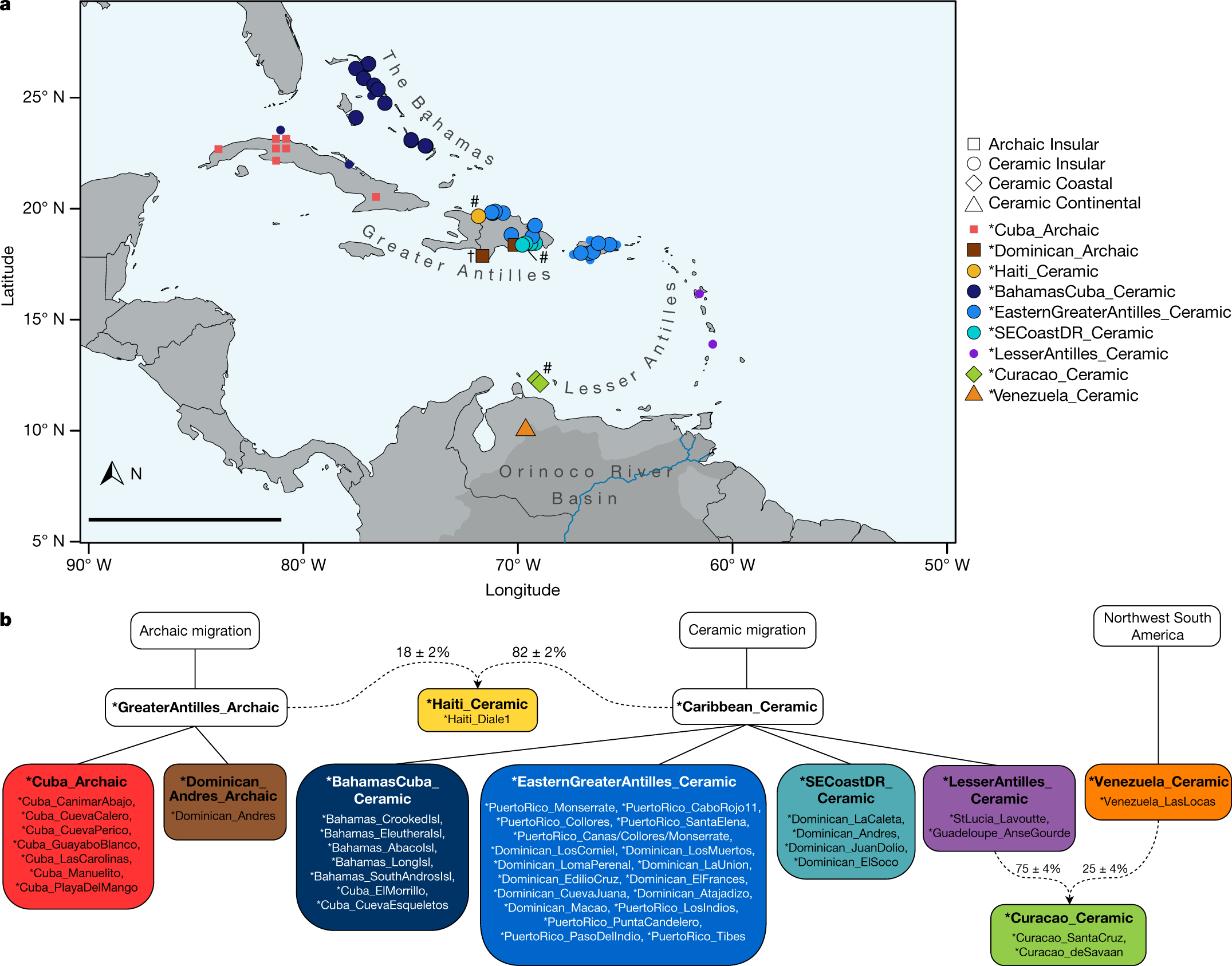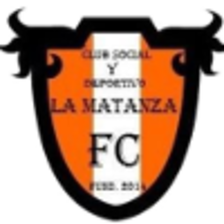Genetic origin, admixture, and asymmetry in maternal and paternal human lineages in Cuba, BMC Ecology and Evolution
Por um escritor misterioso
Descrição
Background Before the arrival of Europeans to Cuba, the island was inhabited by two Native American groups, the Tainos and the Ciboneys. Most of the present archaeological, linguistic and ancient DNA evidence indicates a South American origin for these populations. In colonial times, Cuban Native American people were replaced by European settlers and slaves from Africa. It is still unknown however, to what extent their genetic pool intermingled with and was 'diluted' by the arrival of newcomers. In order to investigate the demographic processes that gave rise to the current Cuban population, we analyzed the hypervariable region I (HVS-I) and five single nucleotide polymorphisms (SNPs) in the mitochondrial DNA (mtDNA) coding region in 245 individuals, and 40 Y-chromosome SNPs in 132 male individuals. Results The Native American contribution to present-day Cubans accounted for 33% of the maternal lineages, whereas Africa and Eurasia contributed 45% and 22% of the lineages, respectively. This Native American substrate in Cuba cannot be traced back to a single origin within the American continent, as previously suggested by ancient DNA analyses. Strikingly, no Native American lineages were found for the Y-chromosome, for which the Eurasian and African contributions were around 80% and 20%, respectively. Conclusion While the ancestral Native American substrate is still appreciable in the maternal lineages, the extensive process of population admixture in Cuba has left no trace of the paternal Native American lineages, mirroring the strong sexual bias in the admixture processes taking place during colonial times.

A genetic history of the pre-contact Caribbean

Exploring the legacy of African and Indigenous Caribbean admixture in Puerto Rico - Winful - 2023 - American Journal of Biological Anthropology - Wiley Online Library

Colloquium paper: genome-wide patterns of population structure and admixture among Hispanic/Latino populations. - Abstract - Europe PMC

Origins and genetic legacies of the Caribbean Taino

Interdisciplinary approach to the demography of Jamaica, BMC Ecology and Evolution

PDF) Genetic diversity in Puerto Rico and its implications for the peopling of the Island and the West Indies

PDF) Genetic diversity in Puerto Rico and its implications for the peopling of the Island and the West Indies

Tracing the genetic legacy in the French Caribbean islands: A study of mitochondrial and Y‐chromosome lineages in the Guadeloupe archipelago - Mendisco - 2019 - American Journal of Physical Anthropology - Wiley Online Library

Genes, Free Full-Text

Paternal heritage in Jujuy province (Northwest Argentina): Evidence for sex‐biased gene flow and genetic drift effects - Alfonso‐Sánchez - 2019 - American Journal of Human Biology - Wiley Online Library

Paternal heritage in Jujuy province (Northwest Argentina): Evidence for sex‐biased gene flow and genetic drift effects - Alfonso‐Sánchez - 2019 - American Journal of Human Biology - Wiley Online Library

Maternal admixture and population structure in Mexican–Mestizos based on mtDNA haplogroups - Martínez‐Cortés - 2013 - American Journal of Physical Anthropology - Wiley Online Library

Genetic diversity in Puerto Rico and its implications for the peopling of the Island and the West Indies - Vilar - 2014 - American Journal of Physical Anthropology - Wiley Online Library
de
por adulto (o preço varia de acordo com o tamanho do grupo)






